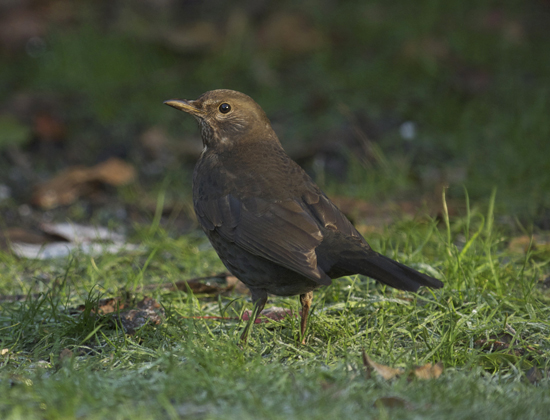But it is a hard thing to do.
The problem at the moment is every time I go out I keep bumping into really good birds for the harbour, things like Whooper, Pink-foot, Mandarin and Egyptian Goose which are all great yearlist birds. Not to mention stuff like Ruff and Golden Plover which in recent years have been few and far between.
Thing is, I cant do things half heartedly and when I list it all gets a bit serious, with most other obligations going out of the window.
The problem at the moment is every time I go out I keep bumping into really good birds for the harbour, things like Whooper, Pink-foot, Mandarin and Egyptian Goose which are all great yearlist birds. Not to mention stuff like Ruff and Golden Plover which in recent years have been few and far between.
Thing is, I cant do things half heartedly and when I list it all gets a bit serious, with most other obligations going out of the window.
So maybe not a good idea. Anyway some of that wildfowl could be a bit suspect...
Scanning from Holme Bridge looking east down the valley there is a duck pen next to the river with lots of Mallard in it, put there by the shooters. The problem is, what else have they chucked in there? For instance I noticed that the Egyptian Goose and its friend were hanging around the perimeter fence the other day along with 5 Muscovy Duck. And how far has that Mandarin moved?
With last years photo yearlist consistently necessitating the use of some very poor images I am now totally relaxed about using completely shite photos for the blog!
Pink-foot. Even though it is consorting with Greylags I think we should give it the benefit of the doubt
Male Merlin being hassled by Jackdaw. Later seen tucking into a Blue Tit.
Lots and lots of snow put pay to planned survey work up t'north. On the plus side 20 Golden Plover over the house during the very big southerly movement of birds was a garden tick
Wytch Causeway, it was as cold as it looks
Not sure why there was a strip of exposed grass but a couple of Golden Plover and a few hundred Fieldfare were making the most of it.
Barwits Shore Road
Confiding Dunlin






























